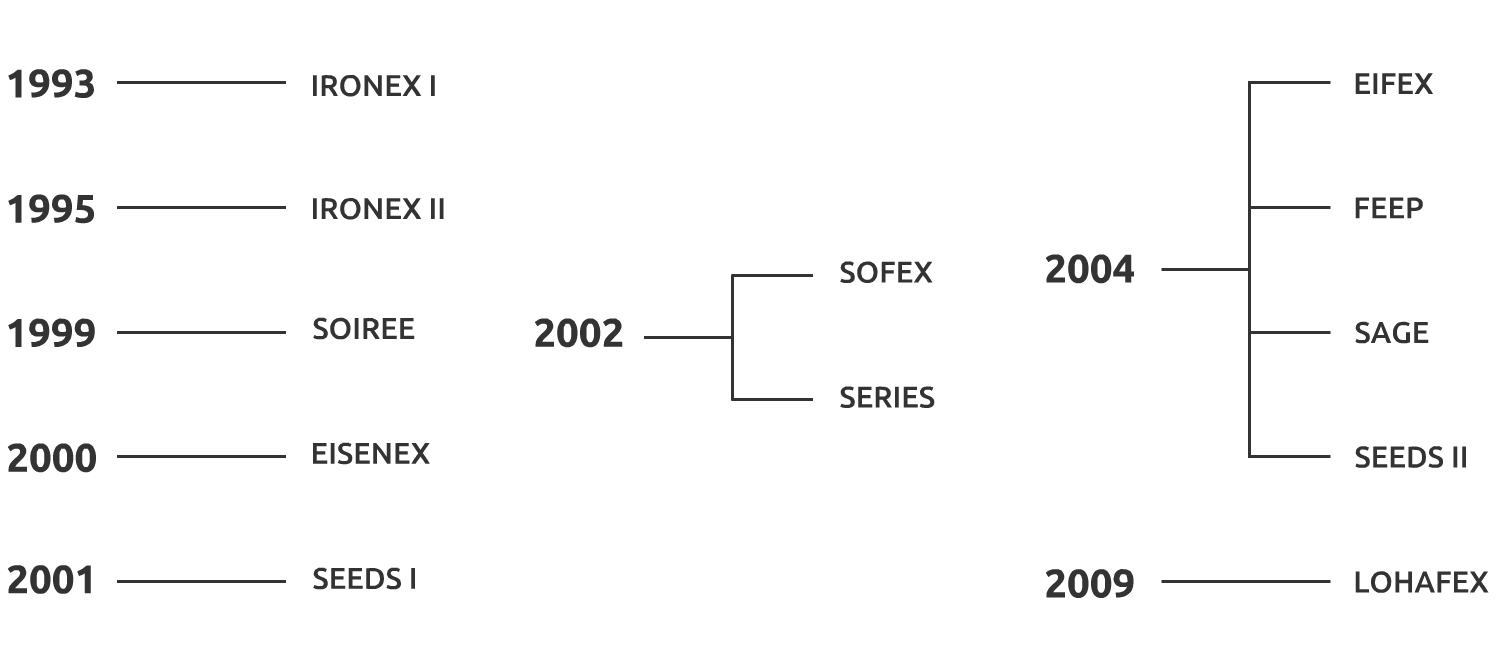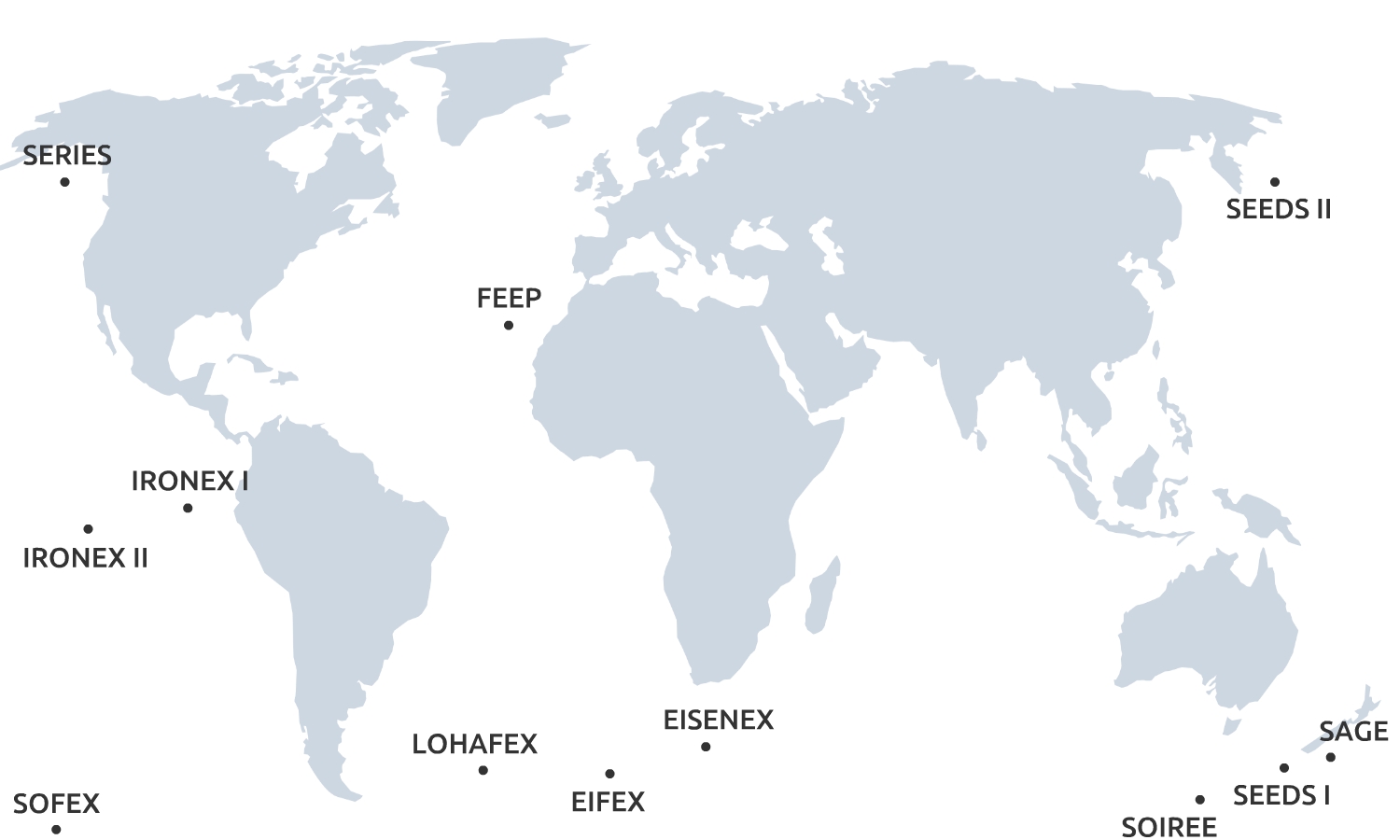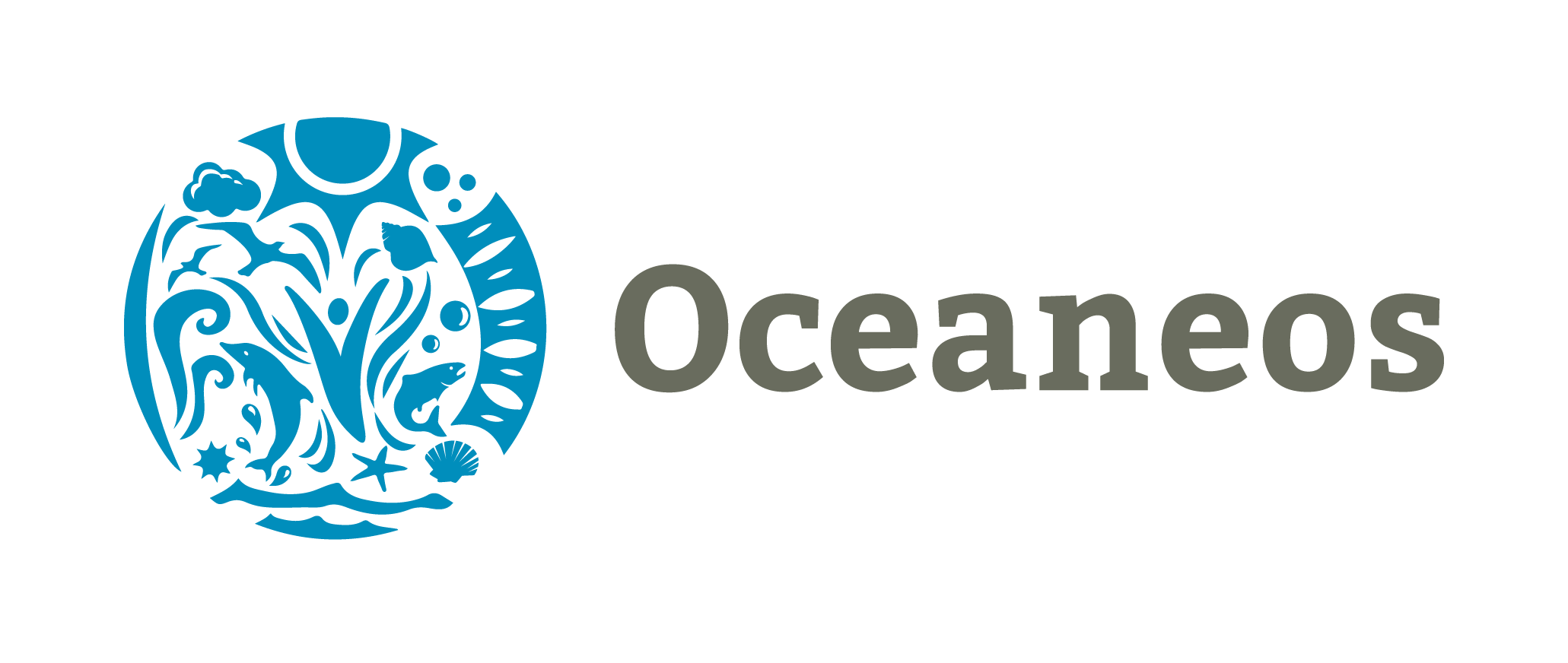FREQUENTLY ASKED QUESTIONS
AT A GLANCE
WHO IS OCEANEOS?
The Oceaneos Marine Research Foundation is a non-profit research organization based in Vancouver (BC), Canada developing technology to address the critical problem of global fishery and marine ecosystem collapse as a result of climate change. With a
strong international team of engineers and scientist in the fields of oceanography and marine biology, we have the mission to revitalize the oceans and restore fisheries through a combination of sustainable practices, marine sanctuaries and the application of Ocean Seeding in depleted areas of the ocean.
Learn more
WHAT DOES OCEANEOS DO?
Oceaneos engages in the scientific research and development of Ocean Seeding: a method that rehabilitates marine ecosystems and increases wild fish populations at a local scale through ocean fertilization. Current projections suggest that by 2050 oceans will be depleted and the fishery industry will cease to exist. This is already a major disaster for billions of people that are directly dependent on the oceans and fish as their main source of protein and income. Oceaneos implements Ocean Seeding projects in close collaboration with governments, fishery industry, and universities.
Read our
Code of Conduct.
WITH WHICH ORGANIZATIONS DOES OCEANEOS COLLABORATE?
Conducting rigorous scientific research requires the interplay of several active players, as well as carefully following regional and international regulations on Ocean Seeding project setup. To ensure efficient, sustainable and transparent project development Oceaneos partners with federal and local GOVERNMENT agencies, artisanal and commercial fisheries, NGO’s and experts in the field of ocean and biological sciences from UNIVERSITIES around the world.
WHAT IS OCEAN FERTILIZATION?
Ocean fertilization is a natural process, which happens when the physical forces of global winds and coastal upwelling currents, as well as volcanic activity, which transfer mineral nutrients, like iron, from the earth’s crust into the ocean. Worldwide, winds transport about 10 billion kilograms of dust on any given day, which is roughly equivalent to the mass of three supertanker ships. In areas that are low in nutrients, this causes rapid blooms of phytoplankton, which in turn provides food for the whole marine ecosystem. Ocean fertilization can be PURPOSELY INDUCED, by adding missing nutrients like iron to areas in the open ocean to trigger controlled plankton blooms. This can turn a declining ocean environment into a teeming, complex web of marine life.
Learn more.
GLOBAL WINDS
These carry iron dust from deserts to the ocean; triggering phytoplankton blooms in the upper water layers when they are deposited. They can also push upper oceanic layers away from the shoreline, creating flow from deeper waters that surface as upwelling currents.
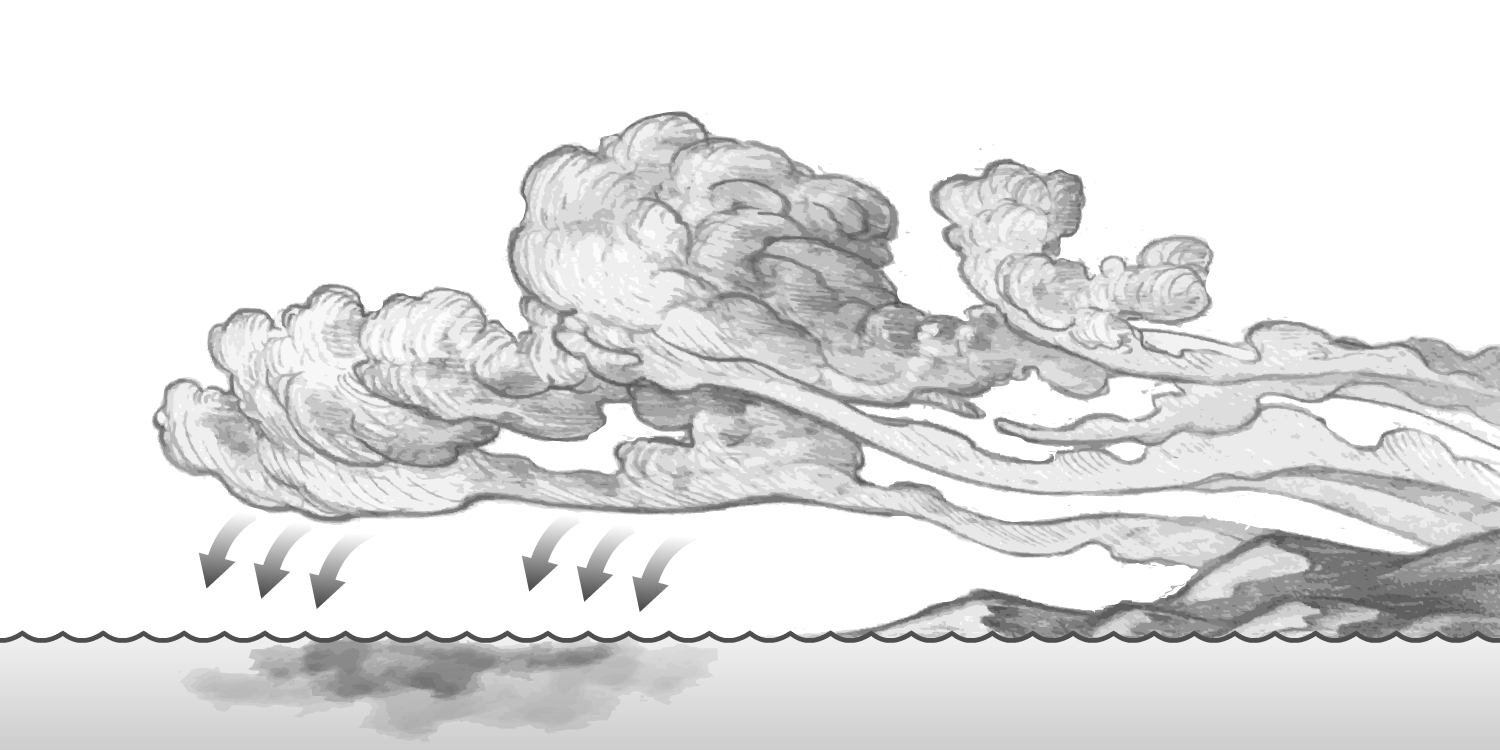
UPWELLING CURRENTS
They occur when winds blow the upper layers of the ocean off the coast, forcing water from deeper, colder and nutrient-rich layers to move upwards and replace the displaced waters. This triggers phytoplankton blooms when these nutrients meet the algae and sunlight of the upper layers.
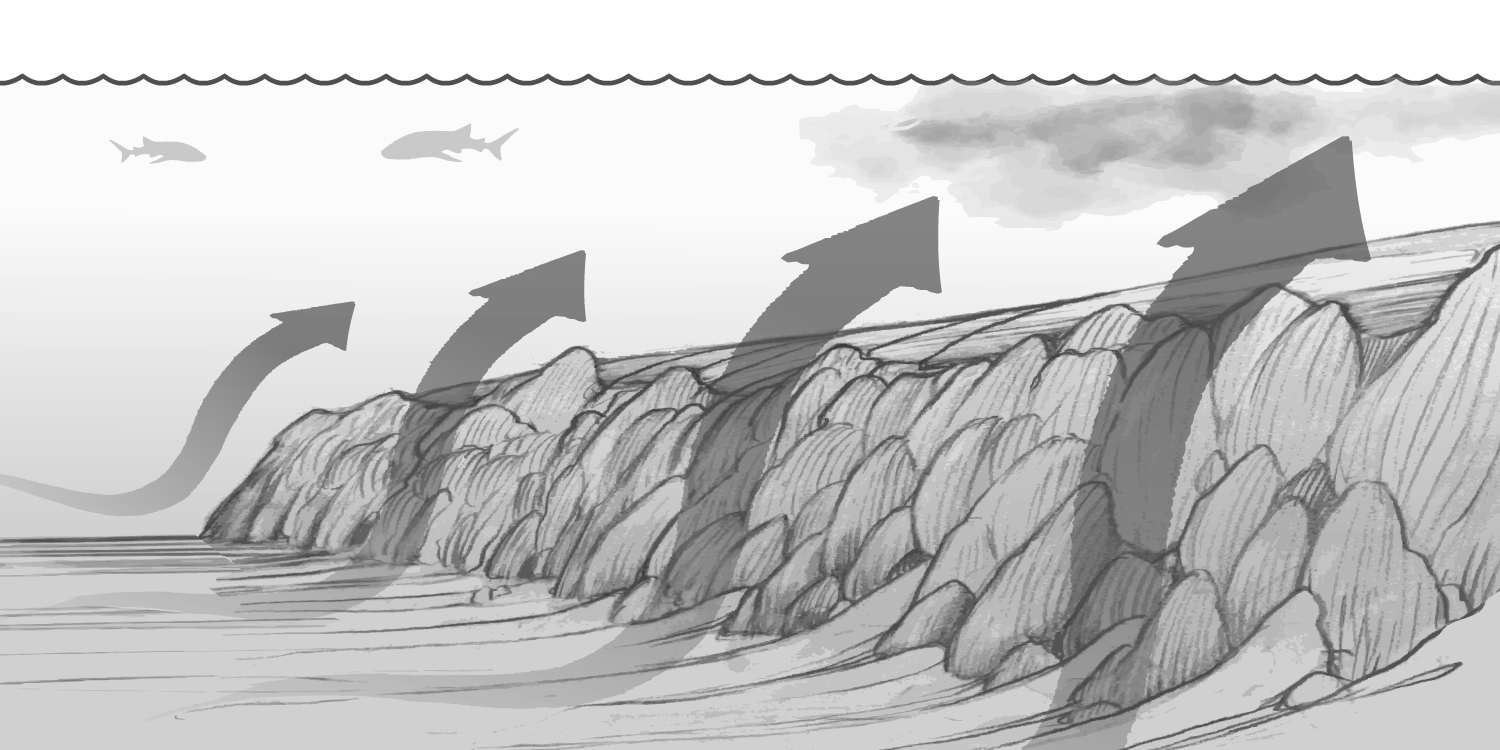
VOLCANOES
These work in the same way as global winds, in terms of particles in the wind that settle in the oceanic surface, but are much more dramatic and short-lived, given that they come from volcanic eruptions. The iron-rich ashes quickly falls and mixes with the upper ocean layers, triggering record-size phytoplankton blooms.
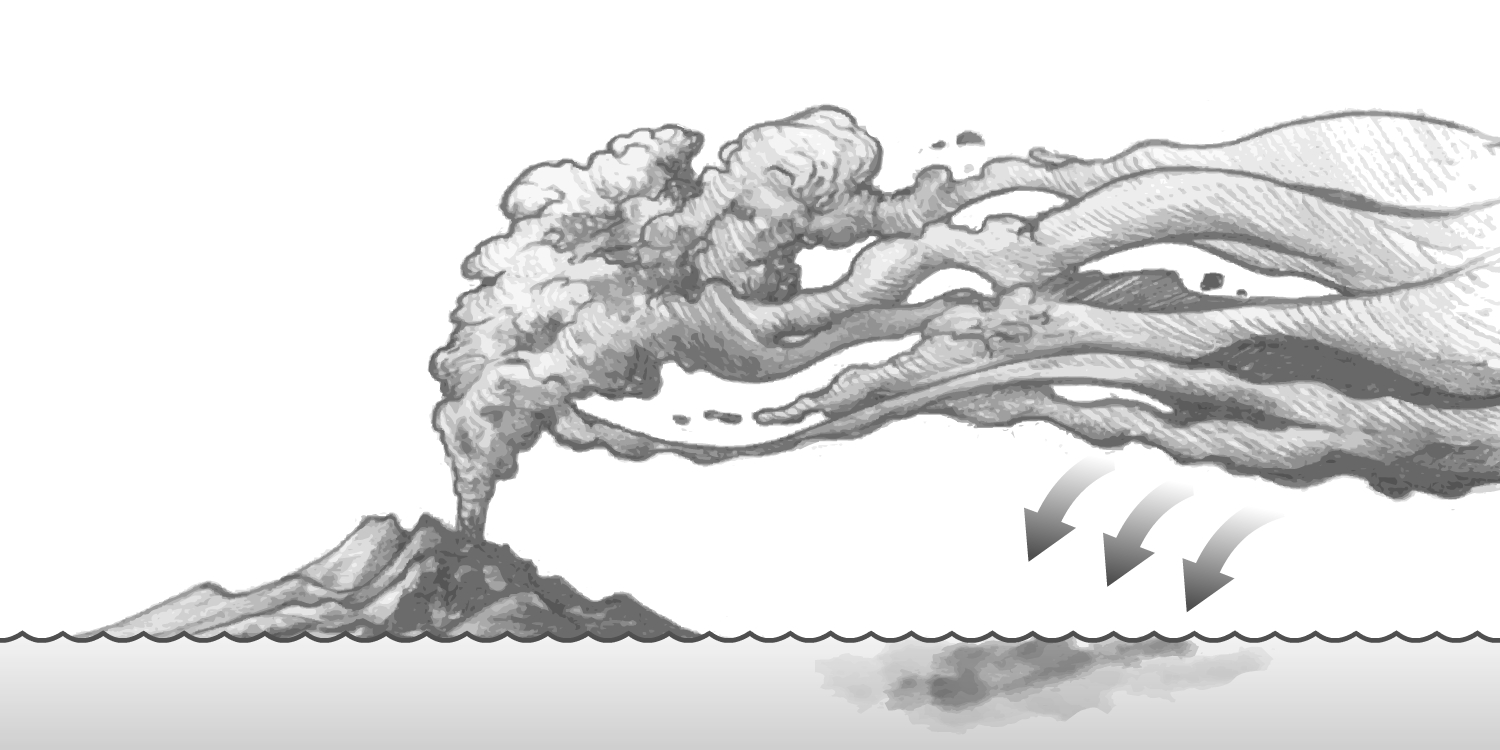
ARE OCEAN FERTILIZATION AND OCEAN SEEDING THE SAME?
While ocean fertilization is a naturally occurring process that has been at the center of ocean-based carbon dioxide (CO2) sequestration schemes, Ocean Seeding is the specific application of ocean fertilization to revitalize local marine ecosystems which in turn recover the depleted marine ecology and fish stocks.
HOW DOES OCEAN SEEDING WORK?
Ocean Seeding aims to trigger the growth of a plankton bloom at a small, local scale in environmentally barren areas of the ocean within known migration routes of fish populations. The induced plankton bloom provides juvenile fish with food at a critical time of their development, dramatically enhancing their chance of survival resulting in a decrease in population mortality. It’s a sustainable and effective intervention that provides for them till adulthood, where they can be harvested with less risk of overfishing or damage to the ecosystem.
HOW CLOSELY DOES OCEAN SEEDING COMPARE TO THE NATURAL PROCESS?
The natural process of ocean fertilization has been ongoing on for billions of years, where global winds, volcanoes, and current upwellings deposit dust containing key nutrients, like iron, in the ocean that in turn trigger the growth of plankton. The difference with Ocean Seeding is its implementation: it mimics the natural process but within a carefully selected area in the open ocean, at the right time of juvenile fish development or when migrating fish are passing through. Ocean Seeding is tailored to revitalize fish populations, so its execution is limited to small scale areas that need immediate ecological restoration, where the natural conditions cannot support ecosystems anymore due to the effects of climate change and human impact.
HOW MUCH IRON IS USED IN AN OCEAN SEEDING PROJECT?
For Ocean Seeding projects, only very low quantities of iron are required to achieve the desired fertilization effects. It takes a few weeks to deposit 10 to 100 tons of iron in a ratio of about 1 cup of iron powder per hectare open ocean. The effects of ecosystem revitalization and population recovery are measured over the course of approximately 18 months.
DOES OCEANEOS USE OCEAN FERTILIZATION FOR CARBON SEQUESTRATION?
No. Oceaneos is not involved in carbon dioxide (CO2) sequestration schemes or carbon accounting. Oceaneos’ application of ocean fertilization use Ocean Seeding to enhance fisheries and revitalize marine ecosystems that have been damaged by climate change, pollution, and unsustainable harvest methods.
DOES OCEAN SEEDING ALTER THE FOOD CHAIN?
Yes, Ocean Seeding attempts to restore the natural marine food chain which has been altered by climate change, pollution, overfishing or a combination of all three.



